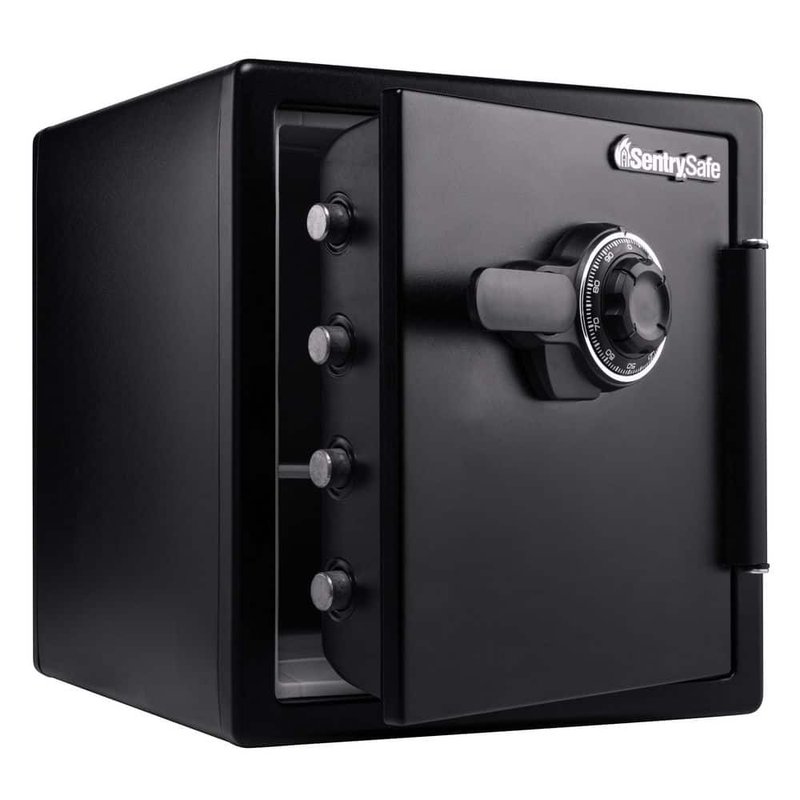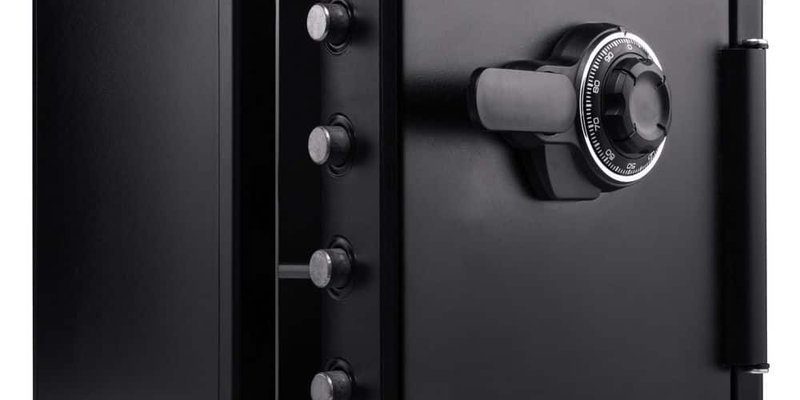
A microwave is a convenient kitchen appliance that many of us rely on daily. When it displays an unfamiliar error code, it can be confusing. The “F1” error code on a Panasonic microwave typically indicates a problem with the device’s sensor. Sensors in microwaves help regulate everything from heating food evenly to ensuring the appliance is operating safely. So, seeing that error might be a sign that something’s not quite right inside the machine.
Understanding the F1 Error Code on Panasonic Microwaves
To dive deeper, it’s important to understand what the “F1” code really signifies. In many cases, this error is related to the microwave’s temperature sensor or the control board. Think of the sensor like a thermostat in your home — it’s supposed to keep things running smoothly and at the right temperature. When it malfunctions, it can send mixed signals to the microwave, much like when a room thermostat doesn’t reflect the actual room temperature.
Now, you might be thinking, “What’s the big deal? Can’t I just ignore it?” Well, here’s the deal. Continuing to use a microwave that shows an “F1” error might not seem risky at first, but it’s a little like driving a car with a flashing check engine light. Sure, it might run fine now, but there’s a chance that something more serious could be lurking under the hood.
Not addressing the error could lead to uneven cooking or, in some cases, even cause further damage to the microwave’s internal components. In extreme cases, although rare, operating an appliance with a faulty sensor could pose safety risks, such as overheating or sparking.
Causes and Effects of the F1 Error Code
So, what causes this pesky error code to appear? There are a few potential reasons. Often, it’s due to a faulty sensor. Over time, like any electronic component, sensors can wear out or become damaged. Exposure to high heat or moisture, common in a kitchen environment, can also lead to sensor failure. Additionally, a power surge or electrical malfunction could affect the control board, causing the error to pop up.
The effects, as mentioned, can range from minor inconveniences to more severe issues. The most immediate consequence is inconsistent cooking results — your food might be cold in one spot and scorching in another. This happens because the microwave isn’t getting the right feedback from the sensor and, as a result, can’t adjust its power output effectively.
Another potential effect, though less common, is the damage to other internal parts of the microwave. When a sensor doesn’t function properly, it can lead to the machine running hotter than it was designed to, potentially damaging other components or even the outer shell of the microwave.
What Can You Do About It?
You’re probably wondering: how do I fix this? First and foremost, if your microwave is still under warranty, it’s a good idea to contact Panasonic or the retailer you purchased it from. They often have specific protocols for handling such issues and may offer a repair or replacement at little to no cost to you.
If the warranty isn’t an option, reaching out to a professional appliance repair technician is your next best move. These experts have the necessary tools and knowledge to diagnose and fix sensor or control board issues. Attempting to repair it yourself might be tempting, but it can be risky if you’re not experienced with electronics.
In the interim, consider using alternative methods for your cooking needs. A stovetop or conventional oven might take longer, but they’re sure-fire ways to avoid any potential risks until your microwave is back in top shape. It’s important to remember that household safety comes first, and sometimes a little patience and inconvenience can prevent bigger issues down the line.
Preventative Tips for Future Use
Now that we’ve covered what an “F1” code is and how to deal with it, let’s talk about keeping your microwave in good shape for the future. Like any household appliance, some basic maintenance can go a long way in preventing problems.
First, always ensure your microwave is clean and dry after use. Moisture build-up can lead to corrosion or damage to internal parts. Using a soft cloth to wipe down the interior after any spills can make a big difference.
Second, avoid slamming the door. It might sound trivial, but rough handling can jostle sensors and other components. Think of the microwave door as a sensitive piece of your kitchen puzzle that keeps everything else functioning properly.
Lastly, consider investing in a surge protector. Power surges, often caused by lighting or grid issues, can wreak havoc on electronics. A simple surge protector can absorb these sudden jolts of energy, protecting your microwave’s sensitive electronic systems.
In summary, while the “F1” error code can certainly be concerning, it’s not the end of the world. With a little bit of care and proper attention to safety, you can resolve these issues effectively and continue to enjoy the convenience of your Panasonic microwave. Keep these tips in mind, and you’ll be better prepared should you ever see that flashing code again.
